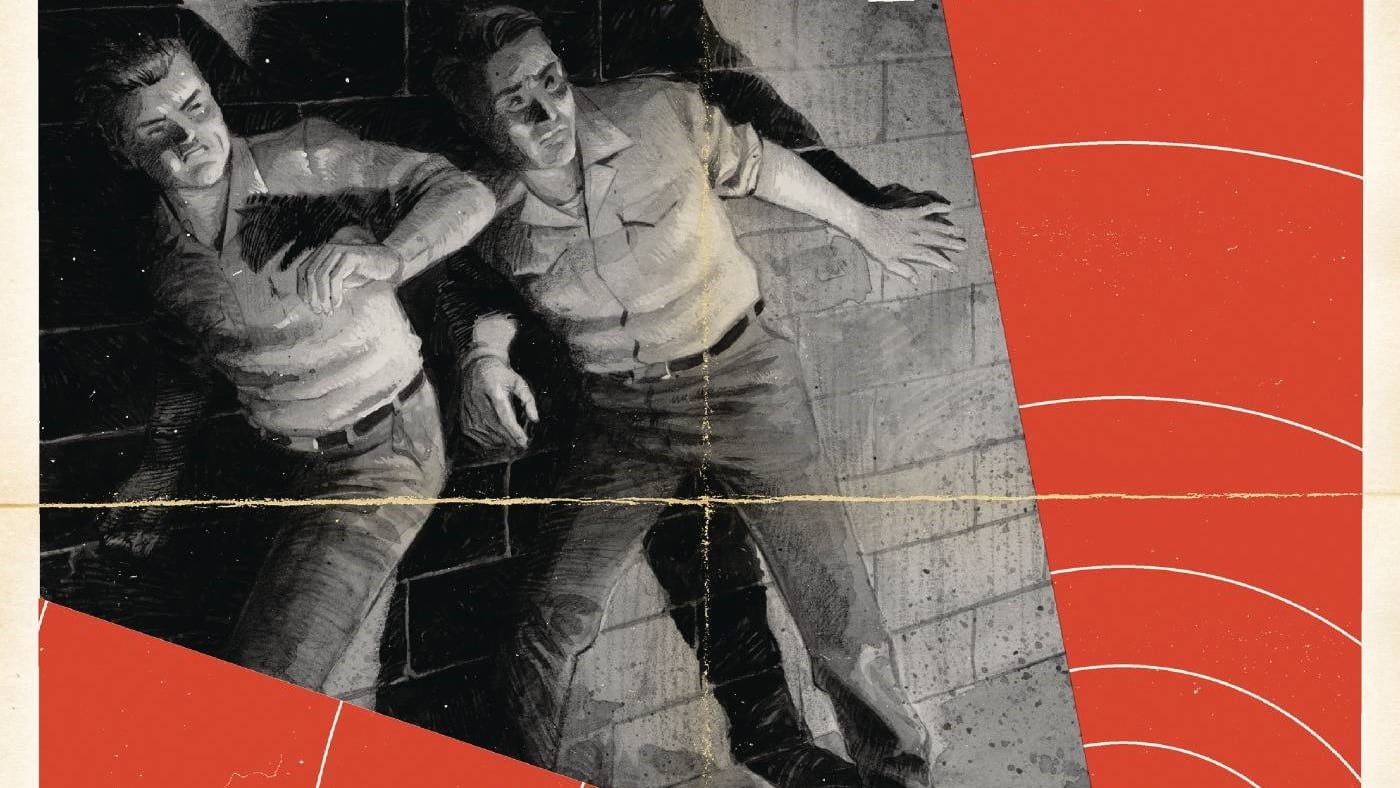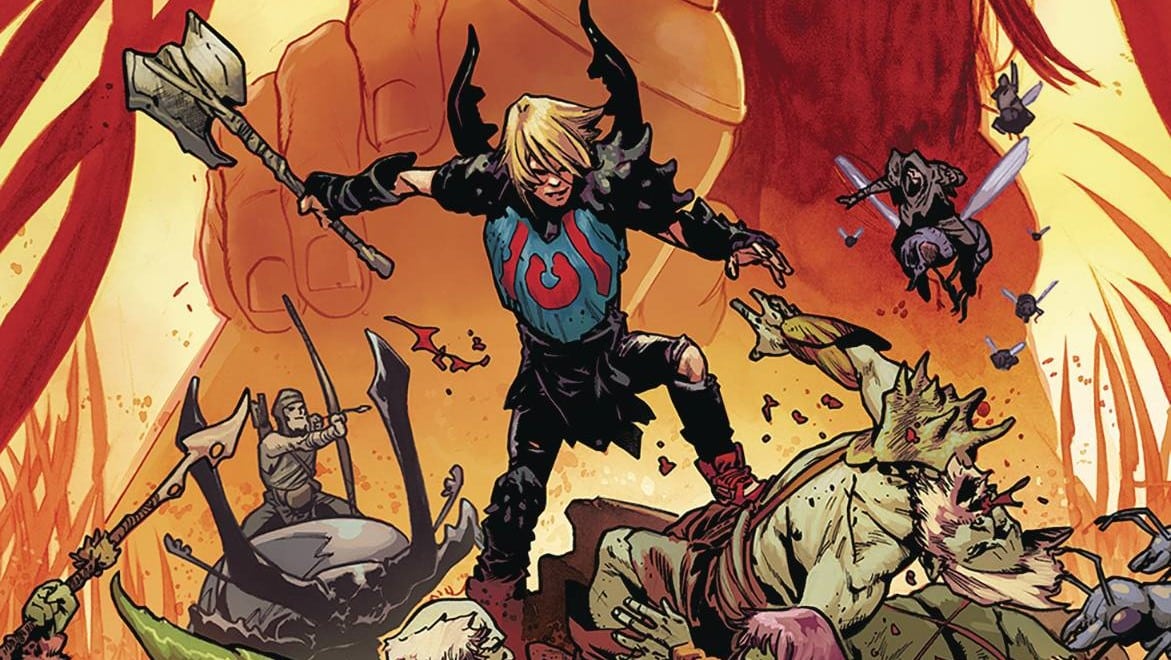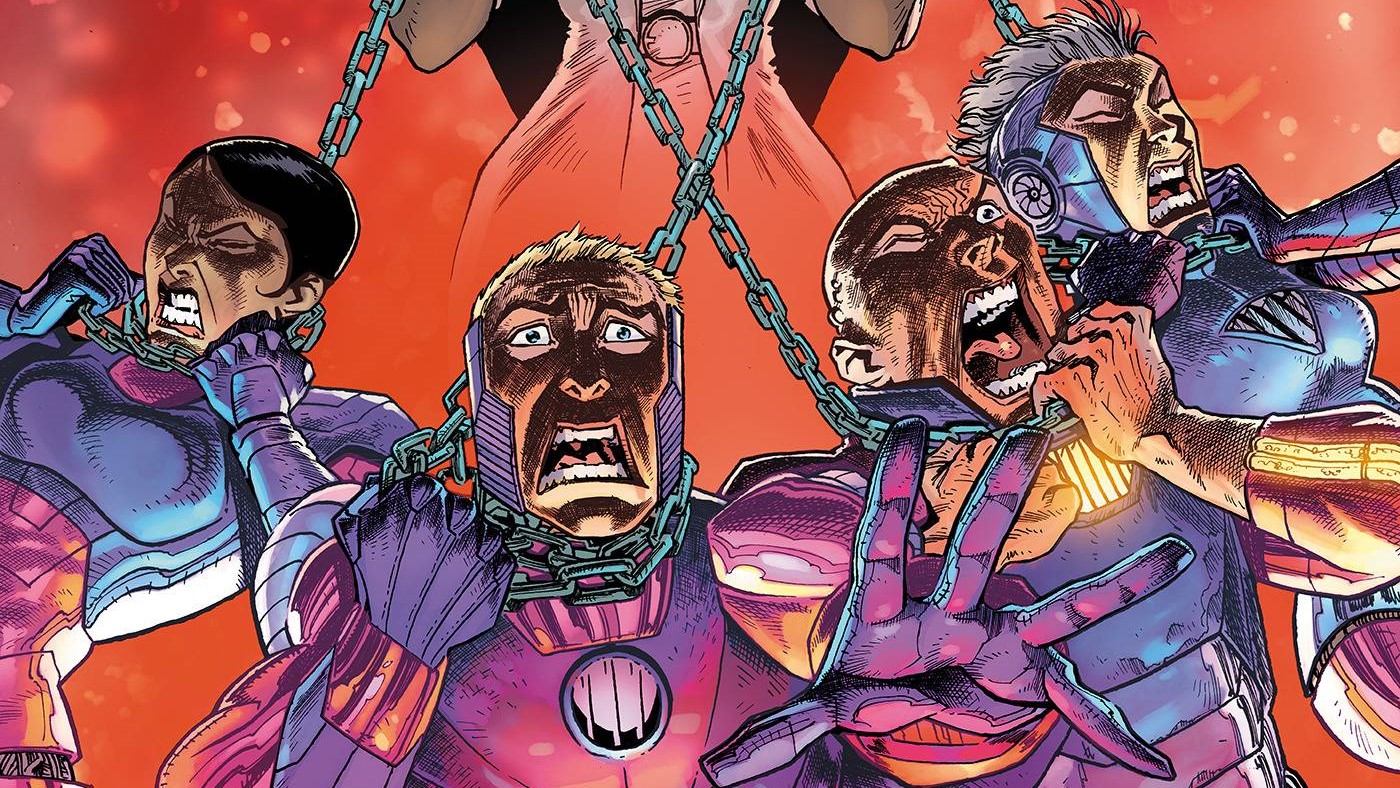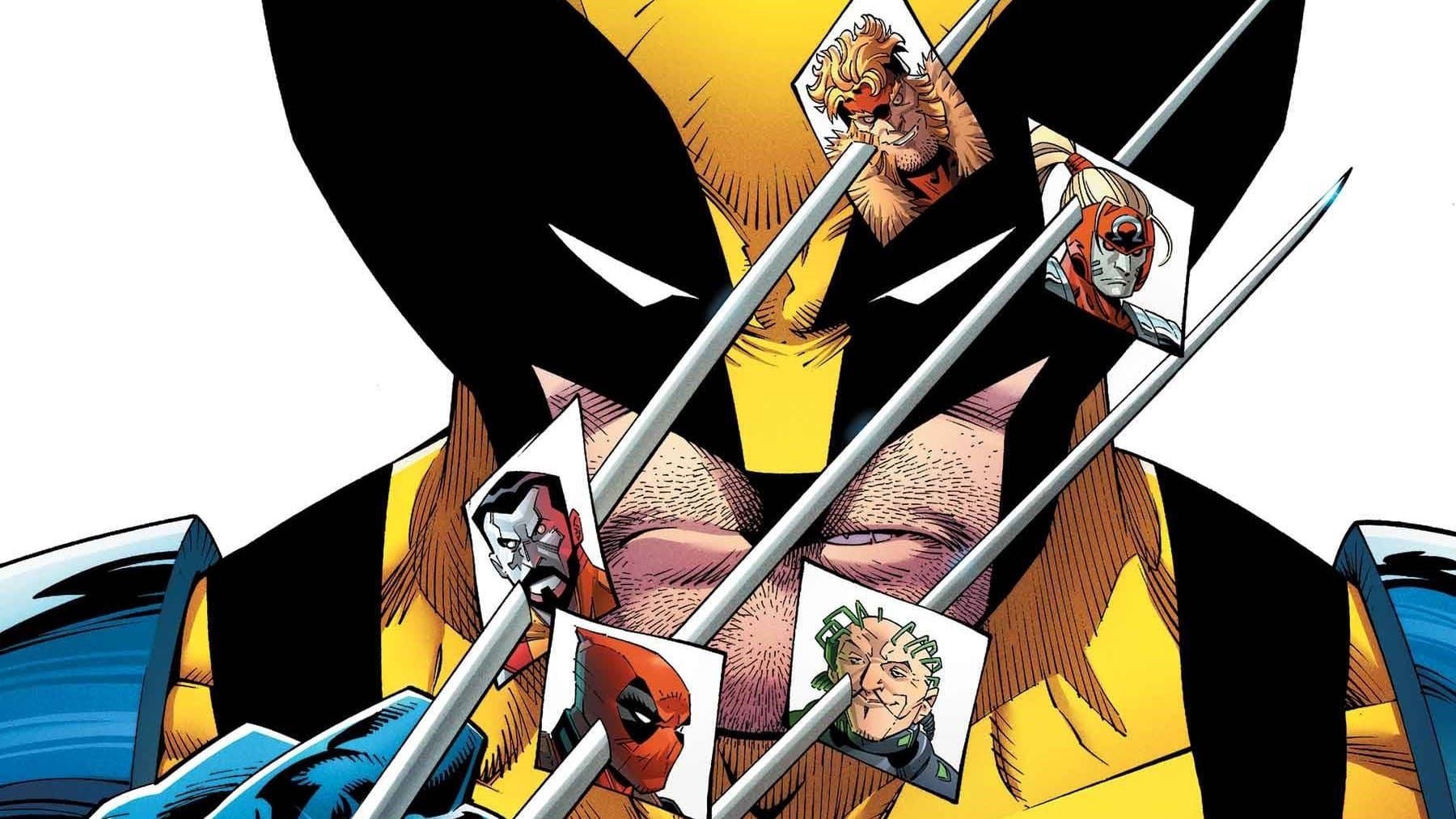TMNT #107 — Story: Sophie Campbell, Script/Colors: Ronda Pattison, Art: Nelson Daniel, Letters: Shawn Lee, Story consulting: Kevin Eastman & Tom Waltz, Publisher: IDW
TMNT Annual 2020 — Story: Tom Waltz, Art: Adam Gorham, Colors: John Rauch & Michael Garland, Letters: Shawn Lee, Publisher: IDW

Change is hard. Especially when you’re fighting a mutant snake monster. Two weeks ago, we began this series on the new era of Teenage Mutant Ninja Turtles by talking about the fresh start brought to the franchise by Sophie Campbell, as the focus shifted from clandestine warfare to the Turtle Clan’s transition into the role of mentors and teachers to a new extended family of Mutanimals. This week brings us a pair of issues with strikingly different tones and focuses – each of which, in their own way, suggest that the road to a new way of life doesn’t always run smooth.
When we last left the Turtles, they were on the trail of their young student Lita, who had gone missing after the grown-ups failed to heed her warning about a monstrous Slithery hunting down the children of Mutant Town. Teenage Mutant Ninja Turtles #106 picks up in the wake of their mistake, as the quintet descend into the sewers to search for the missing kids, and figure out the root of their disappearance. If the scenario feels familiar, it’s a familiarity that doesn’t escape the attention of the heroes themselves. “Mousers and sewers! Just like old times eh?” comments Mikey as they clamber down into their old stomping grounds. The return to old tricks is cleverly echoed in Nelson Daniel’s linework, as the bold, clean lines of the previous issue give way in the sewer scenes to something closer to the scratchy, black-spotted look of the Eastman/Waltz era. More concerning, though, is a sense that the Turtles might be more comfortable in the role of subterranean fighters than they are as teachers in the world above. During a fight against a pack of Mousers, as Ronda Pattison’s color-coded panels light up the scene, there’s a sense of liberation in going back to the days of thoughtless battles against old foes: “Okay, this definitely feels like old times,” comments Leo, to which Raph sardonically replies, “I know I’m feeling all fuzzy inside.” The Turtle Clan might be trying to blaze a new trail, but it seems the old one might be a little too tempting to walk.

Nor are they the only ones feeling the tug of bad habits. As April O’Neil digs deeper into the motivation behind Baxter Stockman’s walling off of Mutant Town, it gradually becomes clear that the wall wasn’t a protective measure for the humans of New York, so much as a trap for the Mutanimals inside the boundaries. As O’Neil comments, “I guess it was only a matter of time before being mayor wasn’t enough and he had to put on his evil scientist hat again.” One by one, everyone in our cast seems to be lurching back into their previous roles: the Turtles to embattled warriors; O’Neil to an intrepid reporter, Stockman to a crooked genetic tinkerer with dreams of genocide on his mind. No matter how hard they try to get out, the world keeps pulling them back in.
But if the theme of Campbell’s story is the temptation of looking backward, the tone and focus of the series continues to be decidedly forward-facing. Even as the Turtle Clan drives the plot along, it’s clear that Campbell’s real interest is with the supporting cast she’s been gradually assembling around them. The issue gives ample time to its subplots, including an extended look at Lita’s struggle to use her ninja training to orchestrate an escape of the captive kids, only to learn the hard way that superheroing isn’t as easy as her mentors made it look. This continues to be a series more fascinated by the emotional struggles of its characters than by the battles in which they’re forced to participate. The story might drive the characters back, but Campbell remains committed to moving the status quo forward, whether they like it or not.

At first glance, Tom Waltz and Adam Gorham’s Teenage Mutant Ninja Turtles Annual 2020 seems a world away from Campbell’s new era. In every respect – its style, its artwork and its cast of characters – the issue is a return to the type of TMNT stories that characterized the past 10 years of the series. But whether by coincidence or design, the theme of the issue is the same: the temptation of the past, and the fearful uncertainty of the future. Throughout the issue, the Rat King, that satanic metaphor in the flesh, makes the rounds of the world outside Mutant Town, first dropping by the home of Oroku Saki to corrupt him into taking back up the mantle of Shredder and leadership of the Foot Clan. Oroku Saki’s firm response reads almost like a metacommentary on the passing of the TMNT torch to a new generation of creators: “No. I am done with your family’s senseless game, Rat King. With criminals and conquest. If I am to be a leader henceforward, then it will be to train worthy student warriors – just like the masters of old. … My name is Oroku Saki. The Shredder is no more.”

Indeed, if Campbell shows us that within the walls of Mutant Town progress comes slowly and with great discomfort, our check-in with Karai and her reconstituted Foot Clan shows that some folks, at least, are having no trouble making the most of the new world around them. Waltz takes the time to explore some of the stratification of mutant society, a question that’s been somewhat disappointingly absent from Campbell’s run so far, focused, as it is, on the internal lives of its characters. Karai’s hangers-on are mutants, but they occupy a privileged position in the mutant hierarchy. By collaborating with the racist, reactionary Stockman regime, they have acquired immunity from the persecution inflicted on the Mutanimals of Mutant Town, along with cover to go about their own criminal activities unmolested. They are, in effect, the “good” mutants as far as human society is concerned. But, as collaborators from American slavery on down could surely attest, there is a bit of the parable of the scorpion and the frog at work here. The Foot’s mutants may have won strength and safety for a time. But when that safety comes directly at the cost of their fellow mutants, their rights and their position in society, how much will that safety cost them in the end?
The annual’s final segment, setting up a stealth danger likely to haunt the mutant world for some time, is an intriguing hint that there is more of this exploration to come. It will be interesting to see how, or if, the disparate tones of these TMNT stories can continue to coexist and interact with one another as each one moves forward. But this week’s issues are proof enough of two things: The world isn’t going to move backward, try as it might, and both the past generation of creators and the present one still have plenty more to say.






